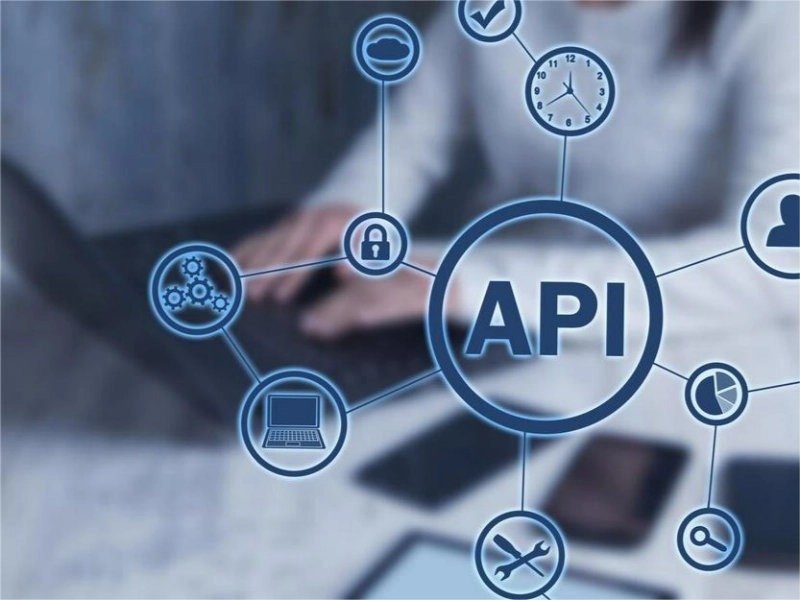- APIs enable computers to communicate by following specific protocols like HTTP. This protocol facilitates a structured exchange through a request-response cycle, ensuring that both the requesting device (client) and the responding device (server) adhere to predefined communication rules to prevent errors and ensure successful data transfer.
- HTTP supports various methods such as GET, POST, DELETE, and PUT, each defining the action to be performed with data. Additionally, HTTP status codes like 200 (OK) and 404 (Not Found) provide feedback on the request’s outcome, helping developers understand the server’s response.
- There are multiple API types, including web APIs that enhance user interfaces, internal APIs for company-internal operations, open APIs accessible to the public, partner APIs for business collaborations, and composite APIs that optimise server interactions by bundling multiple requests into a single call.
APIs, or Application Programming Interfaces, enable structured communication between computers using protocols like HTTP. This interaction follows a request-response model, where the client sends a request, and the server responds based on predefined methods such as GET, POST, DELETE, and PUT. These methods define how data is retrieved, created, deleted, or updated.
Feedback is given through HTTP status codes, indicating the success or failure of the request. Various types of APIs exist, including web APIs for user interaction, internal APIs for organisational use, open APIs for public use, and composite APIs that streamline server requests for efficiency.
API communication basics
APIs facilitate communication between computers through protocols, with the HTTP protocol being the most prevalent for web applications. This protocol uses a request-response cycle, where the client sends a request and the server responds. For effective communication, both client and server must adhere strictly to this structured protocol to prevent any breaks in the data exchange process.
Also read: Venture capital crypto funding hits $2.4 billion in Q1 2024
HTTP methods explained
HTTP supports various methods that define interactions between the client and server. The GET method retrieves data from the server, POST creates new data entries, DELETE removes existing data, and PUT updates data. Each method serves a specific purpose, enabling developers to perform necessary actions on data stored on servers.
Also read: 10 AR/VR tech companies shaping digital interactions
Understanding HTTP status codes
HTTP status codes are essential for diagnosing the outcome of API requests. Codes like 200 (OK) and 404 (Not Found) immediately inform developers whether a request was successful or if issues occurred. These codes help in quickly identifying problems and ensuring that applications handle responses correctly.
Types of APIs
APIs vary in type and scope. Web APIs connect user interfaces with server data, enhancing the user experience. Internal APIs are used within organisations to streamline operations, while open APIs are available publicly for broader use. Partner APIs facilitate business collaborations, and composite APIs optimise interactions by combining multiple requests, reducing server load and improving response times.

